Owari Satsuma Mandarin
$109.50 Original price was: $109.50.$76.65Current price is: $76.65.
- Free Shipping over $25
- Fast & reliable delivery options
- Enjoy top quality items for less
- Multiple safe payment methods

The Owari Satsuma is the highest-quality variety of Mandarin orange available. The fruits are deliciously sweet, seedless and very easy to peel. They ripen just before and during the Christmas season, making this the perfect fruit for holiday celebrations. The tree only grows to around 12 feet tall so it can be grown in a small garden and it is a very hardy citrus, being almost as hardy as the Nagami Kumquat but much better for eating.
It will tolerate a few hours of frost down to 150F, so it can be grown in zone 8, as well as in zones 9 and 10. This means that if you live as far north as eastern North Carolina, throughout the South, most of Texas and all along the West Coast, you can grow the beautiful and delicious ‘Christmas Orange’ right in your own garden and bring baskets of fruit indoors to celebrate the holiday season. Even if you live in colder regions, the Owari Satsuma is a small tree that will happily grow in a pot so that you can bring your tree indoors during winter.
The Mandarin Orange is an early type of citrus that is one of the parents of many modern citrus tree varieties. They are the only sweet citrus and other types get their sweetness from mandarins. Mandarins are recognized by their deep-orange skin which is easy to peel and their sweet flesh in segments that are easily separated. The three main types are tangerines, clementines and satsumas. The Satsuma is usually considered to be the best kind of mandarin because it has almost no seeds, making it much easier to eat, especially for children. It easily separates into segments just the right size for small mouths. It is also the easiest to peel because it has an especially loose skin that just about falls off the fruit.
Growing Owari Satsuma Mandarin Trees
The Owari Satsuma is the best and most popular type of Satsuma and is the number-one choice of variety for this popular fruit. Besides its seedless, sweet and high quality flesh, this variety has the big advantage of ripening in November and December, so it is can be eaten during the Christmas holiday season and brings it delicious flavor and sweetness to that joyous season. The tree is hardy and easy to care for and any pests and diseases are not serious and will usually need no special treatment. Some blemishes on the skin are normal in home-grown fruit but these do not affect the quality of the delicious flesh inside in any way.
Size and Appearance
The tree is more upright than most other citrus trees and often bears such a heavy crop that the branches bend down towards the ground. It is a small tree that is almost just a shrub, reaching at most 12 feet in height. This makes it ideal for the smaller garden and also for growing in pots. It is evergreen, with shiny, deep-green leaves that are just a few inches in length. Flowering occurs in spring, with clusters of sweetly-scented white blossoms covering the tree. These develop into bunches of fruit each a few inches across which begin to ripen in November and continue right through December.
Harvesting Your Fruit
The fruit does not keep on the tree and should be harvested as soon as it is ripe. Be careful harvesting and cut the fruits from the tree leaving a short stalk, otherwise the skin will tear if you try to pull the fruit from the tree. Store picked fruit in a cool place until needed for eating straight from your hand, making juice, for desserts or for canning.
Planting Location
The Owari Satsuma will grow in any well-drained soil and should be planted in a sunny, sheltered location. In cooler areas planting close to a building on the south or south-east side is best. Mix plenty of rich organic material into the soil and dig a hole three times wider than the pot, but no deeper. Place your tree in the hole at the same depth as it is in the pot and replace most of the soil, only barely covering the top of the root-ball. Replace most of the soil, water well and when that water has drained away replace the rest of the soil. In wetter types of soil plant your tree on a low and wide mound.
History and Origins of the Owari Satsuma Mandarin
Satsumas originated in Japan but have also been widely grown in China for centuries. Jesuit missionaries brought trees to America when it was still called New Spain. There are groves of satsumas growing today in Plaquemines Parish, Louisiana which come from those original 18th century introductions. Large amounts were shipped to American and Europe from Japan in the 19th century, before local production began in Florida.
Buying Owari Satsuma Mandarins at The Tree Center
Your Owari Satsuma has been produced the correct way, by taking stems of named trees and grafting them onto sturdy and hardy roots suitable for this variety. It cannot be grown from seed, so beware of cheaper trees that may be seedlings and will prove to be a big disappointment. Our Owari Satsuma trees are regularly shipped to us so that our customers receive the best and healthiest trees. However this variety is in high demand and supplies are always limited. So order now to avoid disappointment.
Be the first to review “Owari Satsuma Mandarin” Cancel reply
Related products
Citrus Trees
Fruit Trees
Citrus Trees
Apple Trees
Berry Bushes
Citrus Trees
Fruit Trees
Fruit Trees

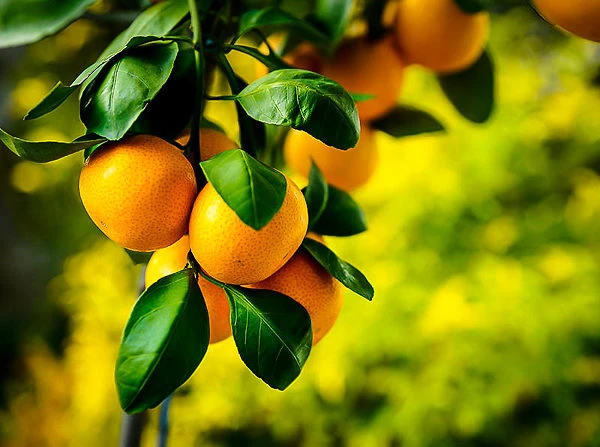
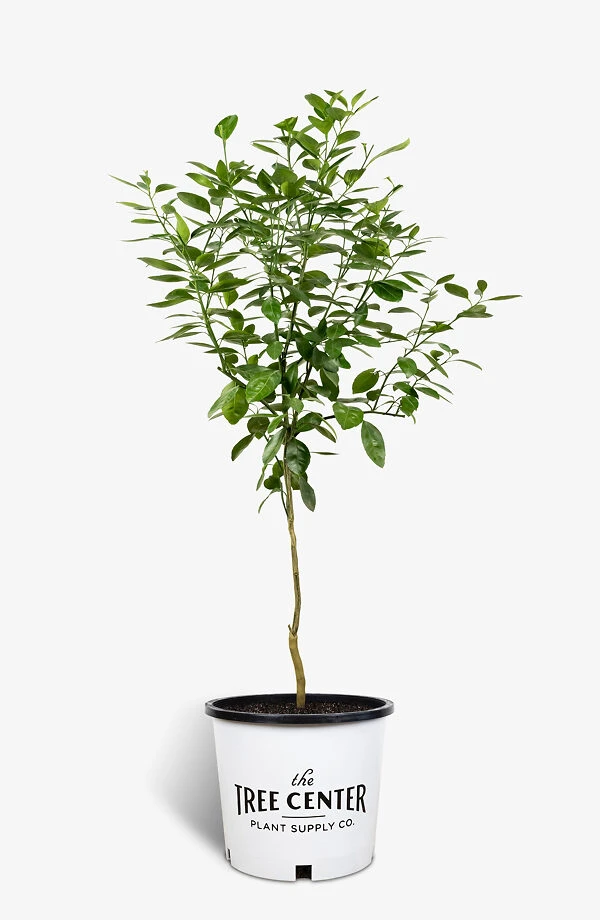

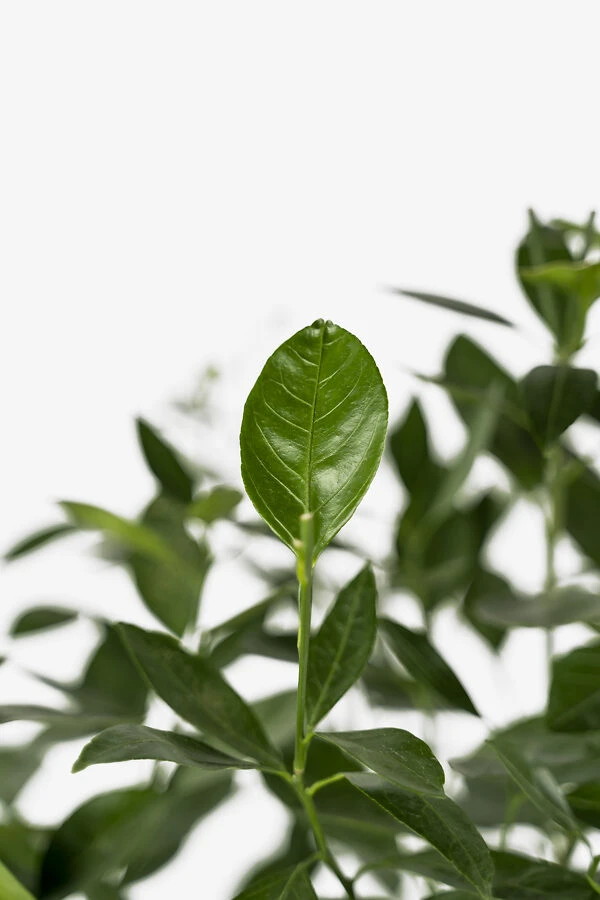
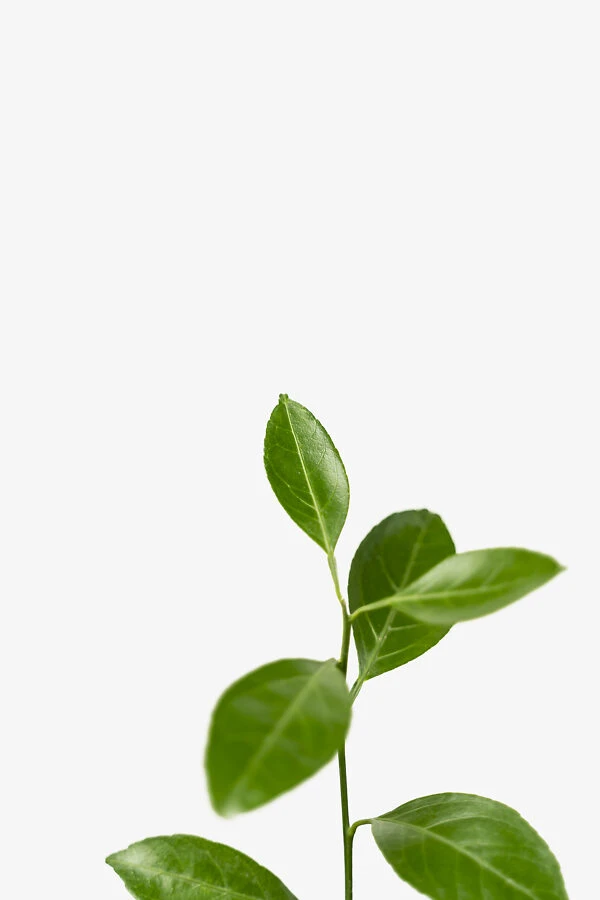


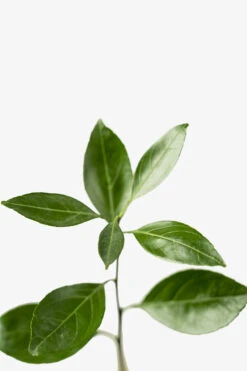
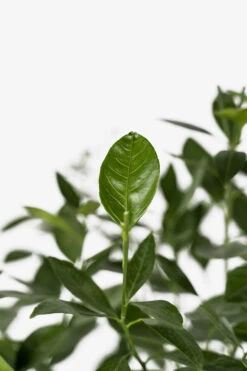
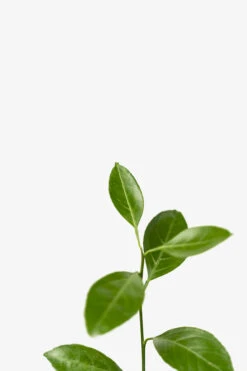

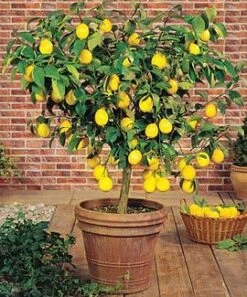
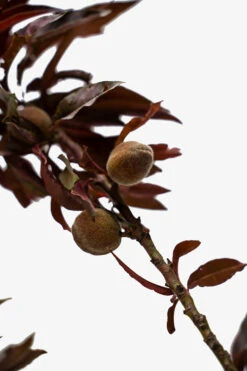
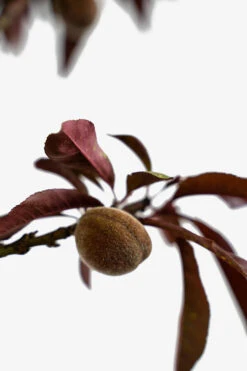
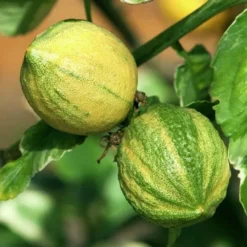

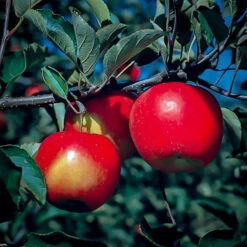



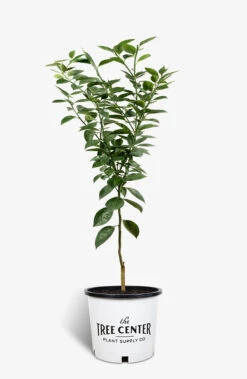
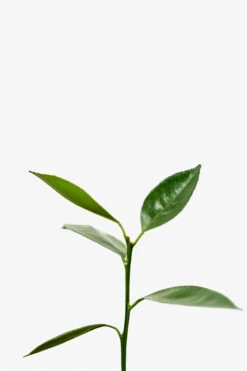

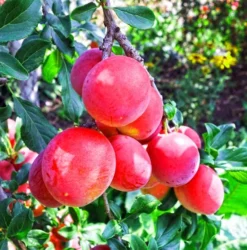

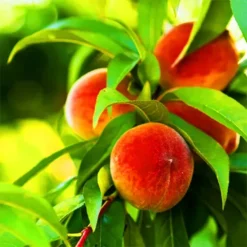
Reviews
There are no reviews yet.